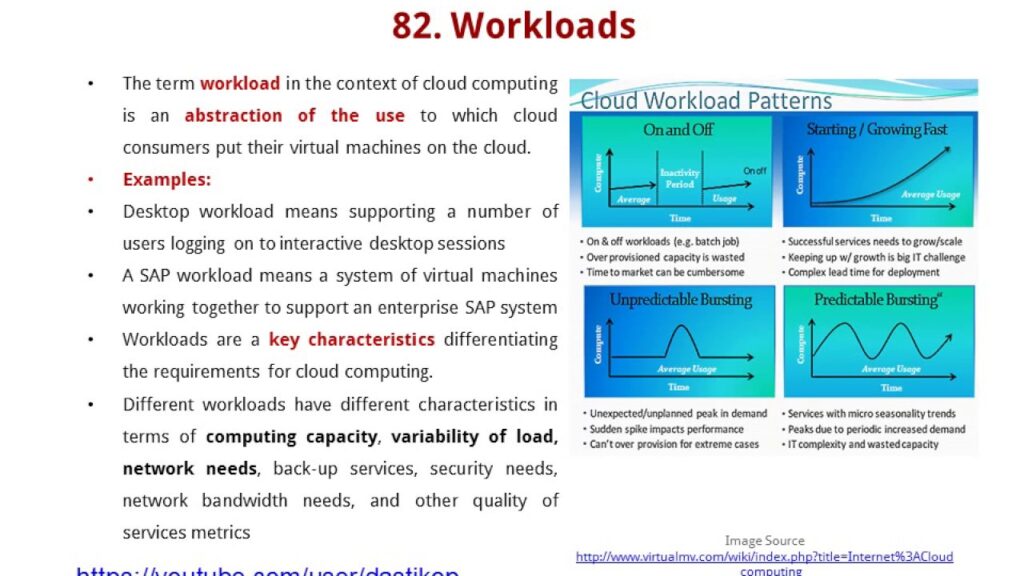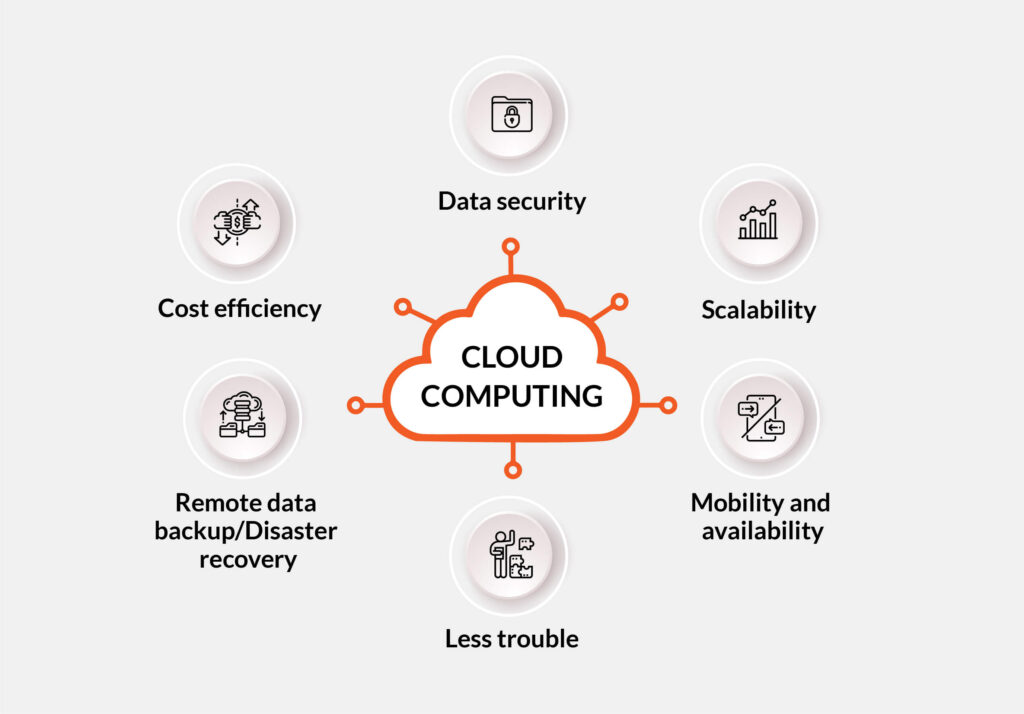Google made a series of exciting announcements about its product lineup at Google Cloud Next 25. The company unveiled updates focused on enhancing development and expanding its global network infrastructure, with many features incorporating AI technology.
In traditional cloud models, teams are required to manage infrastructure components such as virtual machines, storage, and networks before they can build applications on top of them. Google is aiming to simplify this process by shifting the focus to applications rather than infrastructure.
One of the new tools introduced is the Application Design Centre, which is currently in public preview. This platform offers developers and platform teams a visual and collaborative space to design application templates. Users can drag and drop components, view infrastructure-as-code in-line, and deploy applications from the same interface. The tool integrates with Google’s App Hub, providing deployment tracking and troubleshooting tools.
Cloud Hub is another interface introduced to manage applications across services and regions. It consolidates data on system health status, resource utilization, performance, and billing in one place. Cloud Hub is also available in public preview through the Google Cloud console.
Google is also expanding its AI features with Gemini Code Assist, which integrates generative AI into coding workflows and cloud management. This tool is now integrated into popular developer environments such as Android Studio, VSCode, Firebase Studio, and JetBrains’s IDEs. Gemini Code Assist automates tasks like code writing, debugging, and documentation. It can even build full applications from specification documents and translate between programming languages.
For mobile development, Firebase Studio now includes AI agents for generating app prototypes, writing backend logic, and creating user interface elements. The platform also automates test creation and execution.
Gemini Cloud Assist provides AI-driven guidance for infrastructure planning, monitoring, and optimization. A new Investigations feature, currently in private preview, analyzes logs, system changes, and telemetry data to identify the causes of incidents or bottlenecks.
Cost Explorer is a dashboard that displays usage and associated costs, linking metrics like CPU or memory use with spending to help teams optimize their resources.
In addition to these updates, Google announced Cloud WAN, a managed offering for enterprises looking to transition away from MPLS networks and complex SD-WAN configurations. The service covers site-to-site traffic and cloud architecture, with features like Cross-Site Interconnect providing Layer 2 connectivity between data centers and integrating with security solutions from Palo Alto Networks and Menlo Security.
Google claims that the platform can deliver up to 40% lower total cost of ownership compared to self-managed WANs.
Overall, Google’s latest announcements at Google Cloud Next 25 demonstrate the company’s commitment to innovation and enhancing the cloud computing experience for developers and enterprises.



